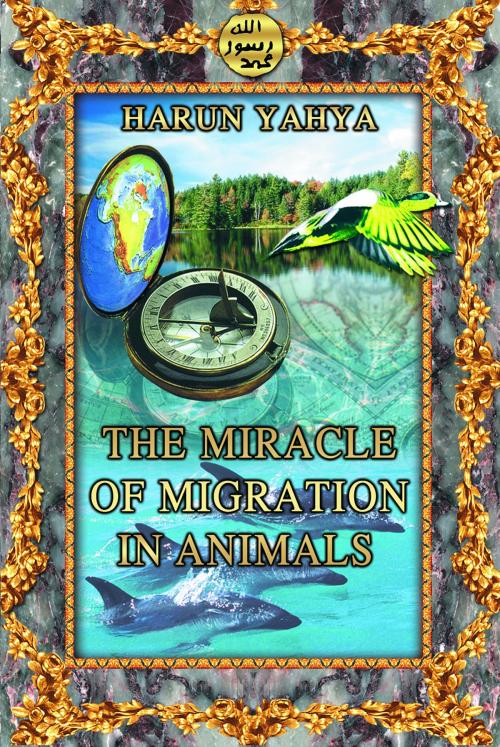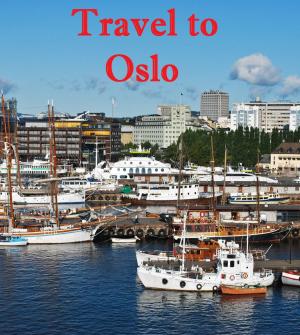| Author: | Harun Yahya | ISBN: | 9780463531242 |
| Publisher: | Global Publishing | Publication: | July 5, 2018 |
| Imprint: | Smashwords Edition | Language: | English |
| Author: | Harun Yahya |
| ISBN: | 9780463531242 |
| Publisher: | Global Publishing |
| Publication: | July 5, 2018 |
| Imprint: | Smashwords Edition |
| Language: | English |
Gaussmeter, Earth’s magnetic field, airfoil shape, and wing tip vortex may be meaningless terms for many people. They may not know that the Earth consists of a solid inner and a liquid outer core, which move around each other, creating the magnetic field that makes a compass needle point north. Probably no one except aviation engineers or those with a keen interest in the subject would know that fans—and the wings and propellers of aircraft—have an airfoil shape; and that the flow of air around them creates a lift that planes utilize during take-off and flight.
Engineers and experts use such know-how to design new planes, examine the effects of magnetic fields and develop techniques to safeguard against mishaps.
However, it is not only people with special training who make use of this knowledge.
Albatrosses fly on month-long journeys of 15,000 kilometers (9,300 miles) without once coming down to land. Swallows fly around the world during their migrations. Swarming locusts can cover a distance of 3,000 kilometers (1,800 miles). Newly hatched eels begin a journey of 6,000 kilometers (3,700 miles).
Whales and many other living creatures act on the basis of this technical knowledge. Throughout their lives, these creatures— ranging in weight from 35 to 40 gm (1.2 to 1.4 ounces) in the case of the lightest, up to 130 tons for the heaviest—travel constantly. Many animals set off on journeys of different lengths for different reasons. Sometimes from one garden to another, from one nest to another, or from one continent to another. by air: bats, spiders, butterflies, ducks and geese; by land: elephants, zebras, bison, snakes, frogs and locusts; by sea: lobsters, whales, salmon, sea urchins and starfish. These migrations all create a necessary balance in the animals’ lives. The ways in which various species manage to follow their long and arduous migration routes so perfectly have interested scientists for many years and been the subject of many research projects.
In their search for answers on this subject, scientists encounter a serious problem. What impels animals to leave their habitat and use up a great deal of energy and time traveling such distances?
Gaussmeter, Earth’s magnetic field, airfoil shape, and wing tip vortex may be meaningless terms for many people. They may not know that the Earth consists of a solid inner and a liquid outer core, which move around each other, creating the magnetic field that makes a compass needle point north. Probably no one except aviation engineers or those with a keen interest in the subject would know that fans—and the wings and propellers of aircraft—have an airfoil shape; and that the flow of air around them creates a lift that planes utilize during take-off and flight.
Engineers and experts use such know-how to design new planes, examine the effects of magnetic fields and develop techniques to safeguard against mishaps.
However, it is not only people with special training who make use of this knowledge.
Albatrosses fly on month-long journeys of 15,000 kilometers (9,300 miles) without once coming down to land. Swallows fly around the world during their migrations. Swarming locusts can cover a distance of 3,000 kilometers (1,800 miles). Newly hatched eels begin a journey of 6,000 kilometers (3,700 miles).
Whales and many other living creatures act on the basis of this technical knowledge. Throughout their lives, these creatures— ranging in weight from 35 to 40 gm (1.2 to 1.4 ounces) in the case of the lightest, up to 130 tons for the heaviest—travel constantly. Many animals set off on journeys of different lengths for different reasons. Sometimes from one garden to another, from one nest to another, or from one continent to another. by air: bats, spiders, butterflies, ducks and geese; by land: elephants, zebras, bison, snakes, frogs and locusts; by sea: lobsters, whales, salmon, sea urchins and starfish. These migrations all create a necessary balance in the animals’ lives. The ways in which various species manage to follow their long and arduous migration routes so perfectly have interested scientists for many years and been the subject of many research projects.
In their search for answers on this subject, scientists encounter a serious problem. What impels animals to leave their habitat and use up a great deal of energy and time traveling such distances?















